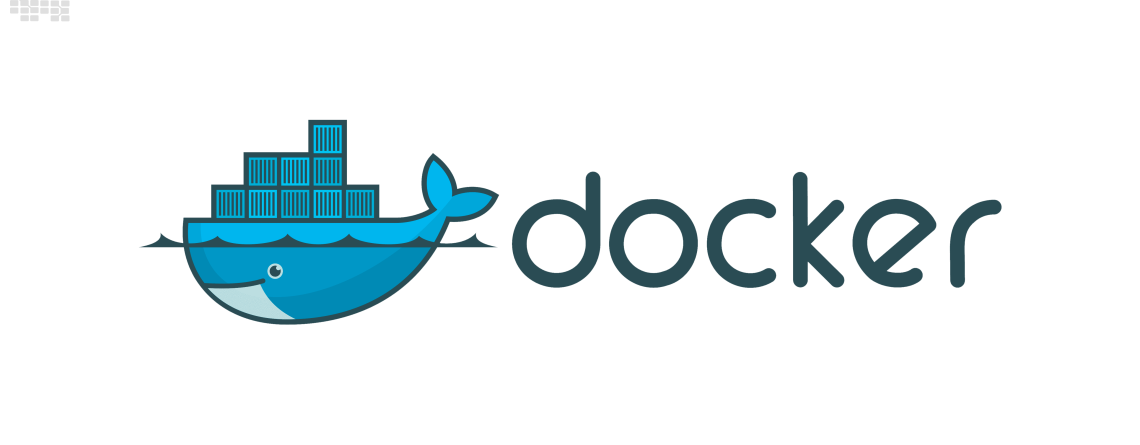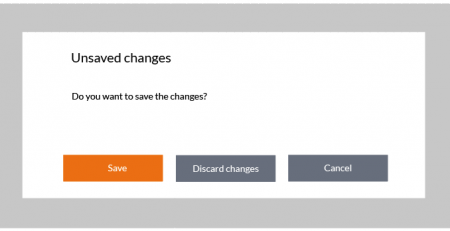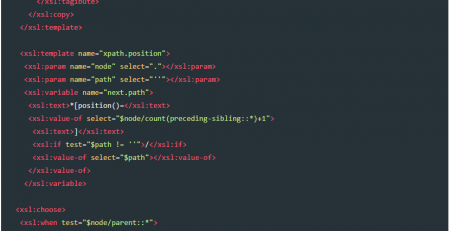How to Deploy Your Website Using Docker?
In the dynamic world of web development, ensuring the efficient and dependable deployment of your website has grown into a pivotal requirement for providing users with a seamless online experience. Docker, equipped with its containerization technology, has risen as a transformative force in simplifying the process of website deployment. Within this blog post, we will guide you through a meticulous step-by-step process, demonstrating how to deploy your website using Docker, all in pursuit of a streamlined and trouble-free deployment experience.
What is Docker?
Let’s quickly review Docker and discuss why it’s such a popular option for website deployment before moving on to the deployment procedure.
An open-source technology called Docker automates the deployment of software within small, portable containers. These packages include the code, runtime, system tools, and libraries that your program requires to function, ensuring that it operates reliably in a variety of settings. Docker is a great option for deploying websites because it makes the process of packing, distributing, and maintaining applications simpler.
Getting Started: Setting Up Your Environment
The first step in deploying your website using Docker is to set up your development environment. Here’s what you need to do:
- Install Docker: Start by installing Docker on your local development machine. You can download Docker for your specific operating system from the official Docker website.
- Docker Hub Account: Sign up for a Docker Hub account if you don’t have one already. Docker Hub is a cloud-based registry where you can store and share Docker images.
Dockerizing Your Website
The moment has come to containerize your website now that your environment is ready. To dockerize a website is to turn it into a container-deployable Docker image. These are the crucial actions:
- Create a Dockerfile: Write a Dockerfile for your website. This file contains instructions on how to build the Docker image. It specifies the base image, adds your website’s code, and configures the runtime environment.
- Build the Docker Image: Use the
docker buildcommand to build your Docker image based on the Dockerfile you created.
Running Your Website as a Docker Container
With your Docker image ready, you can now run your website as a Docker container. Here’s how:
- Run the Container: Use the
docker runcommand to start a container from your Docker image. You can specify port mappings and environment variables as needed. - Access Your Website: Once the container is running, you can access your website in a web browser by navigating to the appropriate URL and port.
Conclusion
Consistency, portability, and scalability are just a few advantages of utilizing Docker to deploy your website. It streamlines the deployment procedure and guarantees that your website functions dependably in a variety of settings.
A high-level overview of the procedures for utilizing Docker to launch your website has been provided in this blog article. We will go into further detail on subjects like data management using volumes, multi-container applications with Docker Compose, and best practices for protecting your Docker containers in upcoming articles.
Watch this space for more detailed instructions on using Docker to speed up website deployment!












Leave a Reply